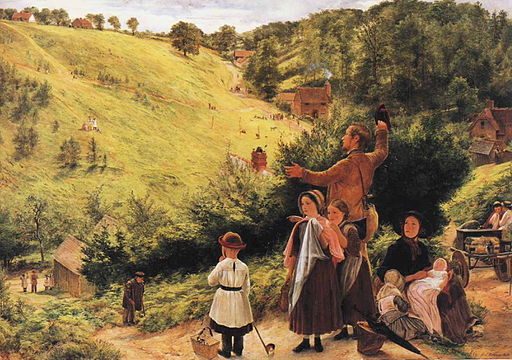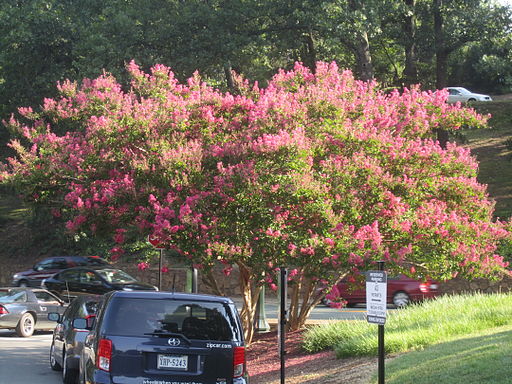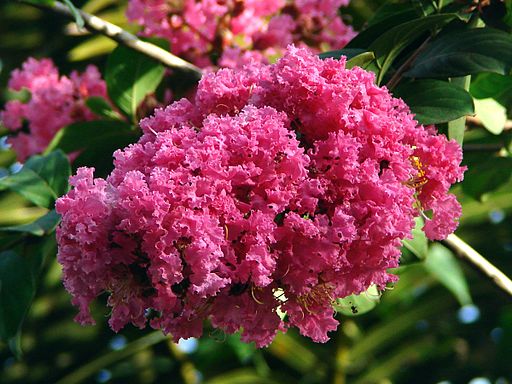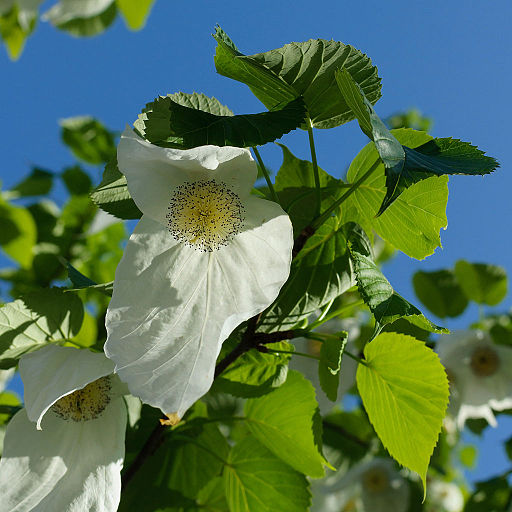Home of the Brave

The Emigrants’ Last Sight of Home, an 1858 painting by Richard Redgrave (1804-1888).
It’s more complicated than that, of course, because for centuries the United States interfered in the politics and economics of Latin America, which it regarded patronizingly as its back yard. Latin American countries have lately been working to disengage themselves from the most sordid aspects of American interference, with the most extreme example being Venezuela. At any rate, Latin America is popular amongst expatriate American retirees looking to get the most out of their pension dollars. Europe is generally more expensive, with the more dysfunctional economies of southern Europe offering better deals. Southern Europe also offers warmer weather and high quality health care that is on a par with the rest of Europe. American retirees are more likely, therefore, to emigrate to the sunny beaches of Spain than the frigid fjords of Norway.
Director John Huston, an American expatriate for much of his life, in a cameo appearance early in his 1948 film The Treasure of the Sierra Madre, with Humphrey Bogart. The film was about a trio of down on their luck American expatriates in Mexico. Poverty is a miserable existence anywhere, but it causes even more anxiety among those who are adrift from the support of friends, family, and familiar surroundings.
The magazine articles for retirees typically mention a few destinations in southeast Asia, and hardly any spots in Africa or the rest of Asia. Presumably the heavy slant toward Latin America and Europe is because those places offer less of a culture shock to most Americans along with the aforementioned economic advantages and similar political climate. That slant also assumes the major part of the readers are of Caucasian European descent, which is not unreasonable considering American demographics, particularly of the middle class that can afford a comfortable retirement, or at least expects to do so if they can stretch their dollars overseas. Their numbers are increasing.
The propaganda in this country has long been that everyone in the world wanted to come here, and that we could pick and choose who got in. With some quibbles, that was mostly true for a long time. Now that may no longer be the case; now not as many people elsewhere may be attracted to these shores, while more people here may be looking elsewhere. For now, it is the people with dependable income, retirees among them, who are leaving. They are the brave ones, and as the political and economic situation in America swirls down a dark hole, and despite the ever more shrill propaganda about how everything is great, just great, more will surely follow to make their home elsewhere.
― Ed. 









